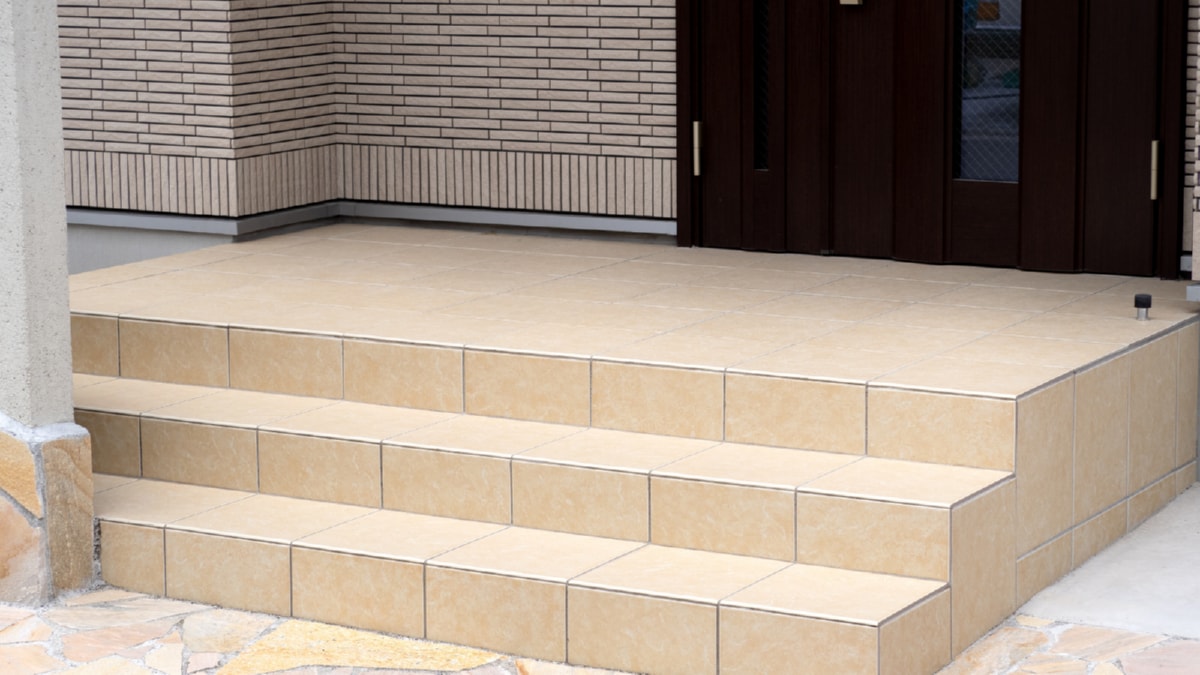As construction continues to be a major driver of economic growth worldwide, the sector is increasingly under scrutiny for its environmental impact. In response, a new wave of innovation is emerging, aimed at making construction more sustainable. In 2022, these trends are set to reshape the industry, marrying environmental consciousness with cutting-edge technology to build the future of construction.
One of the most significant trends in sustainable construction is the use of green materials. Traditional construction materials such as concrete and steel are being replaced with more eco-friendly alternatives. Bio-based materials, such as timber, bamboo, and hempcrete, have a significantly lower environmental impact than their conventional counterparts. These materials are renewable, biodegradable, and often have superior insulation properties, reducing energy consumption in buildings. The use of recycled materials is also on the rise, with companies reusing everything from plastic to old bricks to reduce waste.
The adoption of energy-efficient technologies is another trend shaping sustainable construction. Passive solar design, green roofs, and smart windows that adjust to light and temperature conditions can significantly reduce a building’s energy consumption. In addition, the use of renewable energy sources, such as solar panels and wind turbines, is becoming more common in construction projects. These technologies not only help to reduce a building’s carbon footprint but can also result in substantial cost savings over time.
Building information modeling (BIM) is another innovative trend that is driving sustainability in the construction sector. BIM uses 3D models to help architects, engineers, and construction managers visualize a building before it’s built. This allows for more efficient use of resources and can help to identify potential issues before construction begins, reducing waste and increasing efficiency. BIM can also aid in the design of buildings that are more energy-efficient and environmentally friendly.
In addition to these technological innovations, there is a growing awareness of the need for sustainable construction practices. More and more construction companies are adopting sustainable construction methods, such as prefabrication and modular construction, which can significantly reduce waste and energy consumption. These practices also have the added benefit of reducing construction times and costs.
The use of artificial intelligence (AI) and robotics in construction is another trend that is set to continue in 2022. AI can optimize construction processes, reducing waste and increasing efficiency, while robots can perform tasks that are dangerous or difficult for humans, improving safety and productivity on construction sites.
The construction industry is also beginning to recognize the importance of socio-economic sustainability. This includes ensuring fair wages and safe working conditions for construction workers, as well as considering the impact of construction projects on local communities.
In conclusion, 2022 is set to be a year of significant progress in sustainable construction, with a range of innovative trends shaping the industry. From green materials and energy-efficient technologies to BIM, AI, and a focus on socio-economic sustainability, the future of construction promises to be greener, more efficient, and more socially responsible than ever before.
For more details, check best masonry services or visit their business listing here.



